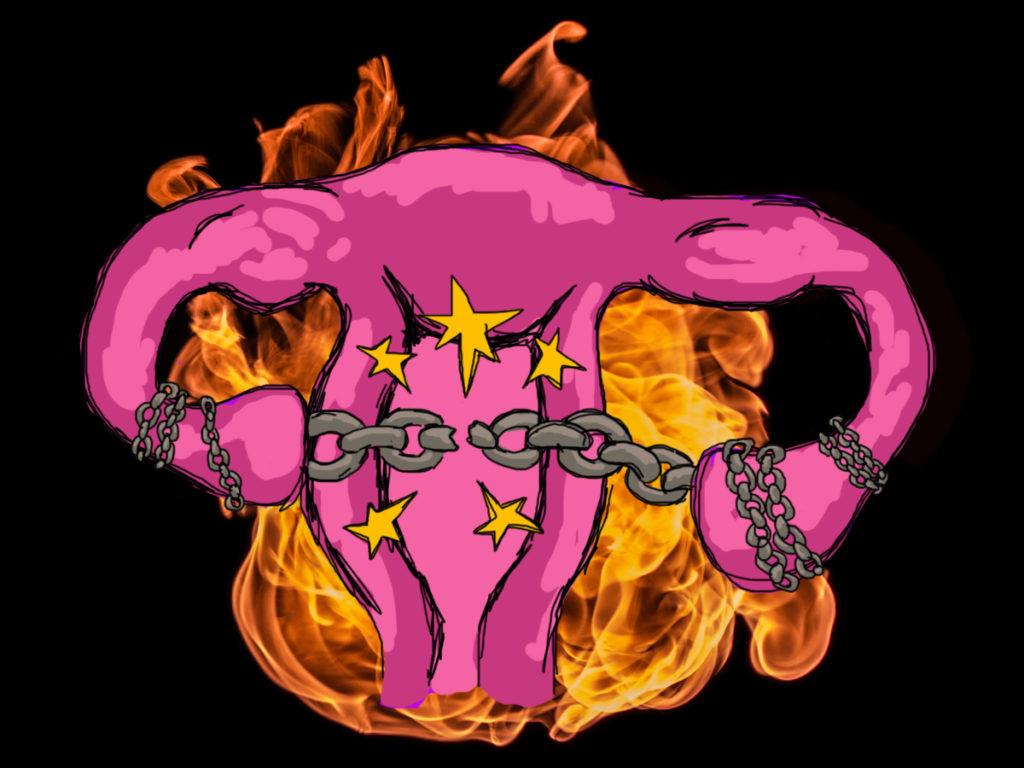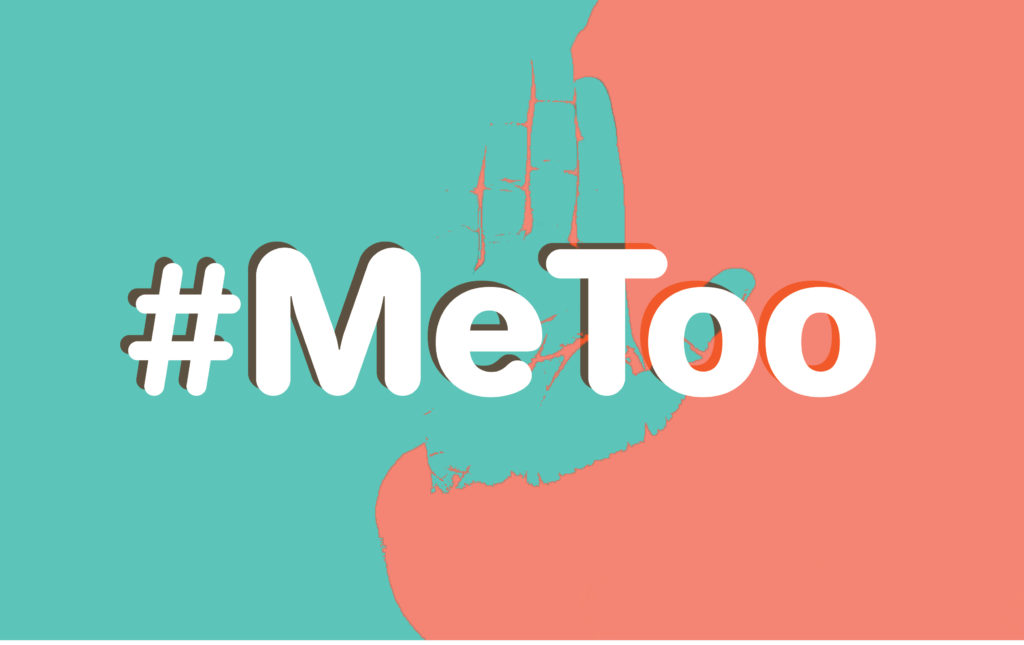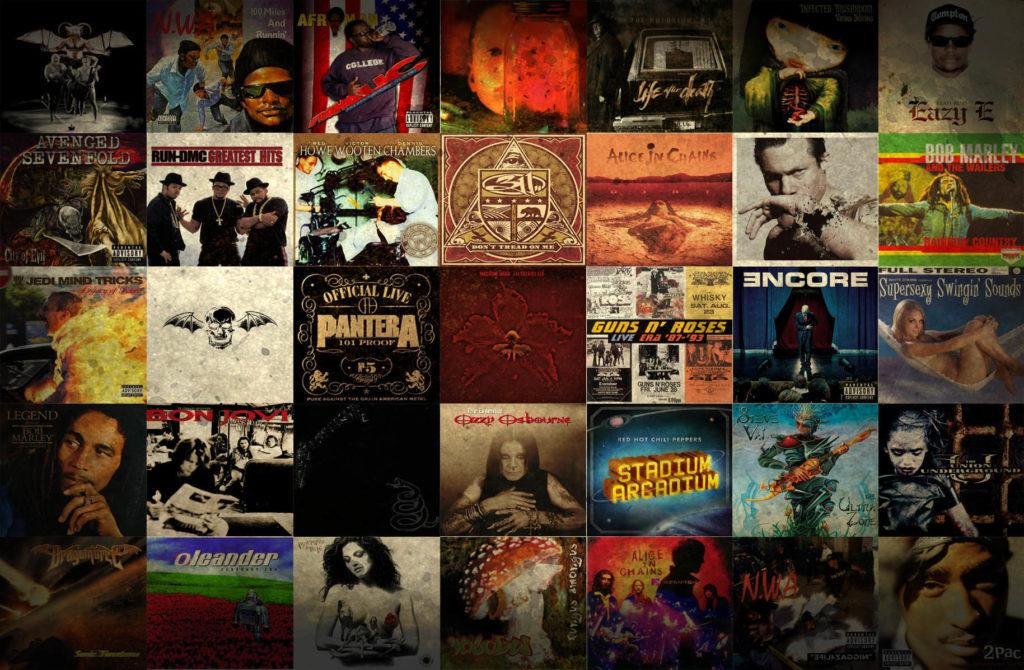“I only date girls who are taller than me.”
“I like my boys with deep voices.”
“I find tattoos/piercings/mohawks/button noses/scars/body hair really sexy.”
There is a rhetoric surrounding what we are looking for in potential partners that is rarely criticized. This language is meant to clarify our own desires: you can want someone interested in your particular sexual and/or romantic interests, especially if kinks and fetishes are involved. You can look for a continued relationship or something short and casual. You can really be into certain body or personality “types.”
It makes sense to know and communicate what you want from a partner, or at least be willing to explore what could make you happier and more excited in a relationship. I doubt I am upsetting some deep-seated paradigm of sexuality when I say that people are looking for different things in potential partners. To be completely oblivious to what attracts you does not necessarily make sex and/or romance impossible, but it seems to me that it would be much more awkward.
What we have to be careful about, though, is when we start moving beyond recognizing a personal “type” and tastes and moving into fetishization.
Fetishization is not synonymous with kinks and fetishes, as I define them. Kinks are things you do to add something extra to your sexual and/or romantic life, without being dependent upon it. Fetishes are similar, but they are more vital than kinks to achieving full satisfaction after encounters with your partners. For example: occasionally tying your partners up with a scarf could be a kink, but needing to be with a partner who is tied up is a fetish.
Confirming these kinks and fetishes is part of a very sex-positive process of exploring your own personal, unique sexuality. Since sexualities are invariably different, naming your desires reasserts your right to your individualized experiences with sex and/or romance, and doing so also combats the idea that there’s only one way of doing things. It can be super empowering to make a declaration of your own needs and wants, especially for queer and non-vanilla sexualities.
But there is a huge shift when we talk about kinks and fetishes of acts as opposed to kinks and fetishes of people’s bodies.
The latter situation refers to the “types” I mentioned earlier, and while the language around them may be normalized, I think we must take a step back and examine what we mean when we talk about being attracted to people for their parts. Because that’s fetishization and why it’s so problematic: instead of looking at the whole of a person, a fetishizing force only sees the part they are interested in.
This sounds really abstract, but it’s not hard to ground in the concrete.
The most popular description of problematic fetishization is how it manifests on the bodies of people of color. Look back to the sample quotes I introduced with, and replace them with racial descriptions. “I only date girls who are Latina.” “I like my boys dark.” “I find [insert any stereotypical racial signifier] really sexy.” Quickly, these simple, seemingly innocent constructions can become something beyond the given, especially if they are coming from a white person. By themselves, they seem only like declarations of personal taste, but fetishization goes beyond you. There is a long, complicated, colonial history to the exoticism of people of color, and people of color have to deal with statements like this all the time. It’s frustrating and disgusting and horrifying to be seen as a part of a whole, and this dehumanization is intensified by the fact that it is happening across entire populations of people.
This is not a problem exclusive to racial issues, although it manifests in different ways for different bodies and experiences. The links between why a specific identity is “better” and “more desirable” can be arbitrary at times. Trans folk, for example, can have their gender and bodies fetishized for their difference from cis bodies. The ways this plays out can often be deeply transphobic. If fetishized by ciswomen, transmasculine folk can be seen as a better choice than cismen because a transmasculine person is “more attentive” to the female body. This particular fetishization places much emphasis on the assigned sex of the transmasculine person, which completely disregards and diminishes their correct identity.
What is key to understanding fetishization is that it removes the person and identity, and makes them into just a part performing for your personal pleasure. Some people may like this removal of self—especially in the BDSM scene—but make no mistake that this is a process that should not be taken lightly. This goes beyond just accepting the idea of body positivity, where you should respect that everyone (no matter what they look like, or whether you are interested in them) has a space to enjoy sex and/or romance should they so choose. This means respecting that even if you do have a type, or if you have a kink or fetish that relates to someone’s physical body, you must be able to recognize that your potential partner is a person beyond what you think is attractive in them. It means, say, if you are sexually attracted to scars, understanding that your desire is legitimate but that a scarred person deserves the space to feel as they want to about their scars and that they might not want your kink or fetish enacted on them.
While it seems tempting to defend personal sexual expressions as wholly individual entities, I just want to emphasize that you exist within more than just your personal desires, and that your desires exist in a world larger than you. Your types, kinks and fetishes of others’ bodies fit into a long history and into the chaos that characterizes society today, and it is your responsibility to be aware of how you and your sex and/or romance fit into the grander scheme of things.














Alexandra Welch • Sep 8, 2019 at 9:50 pm
I believe this site holds some very fantastic info for everyone : D.